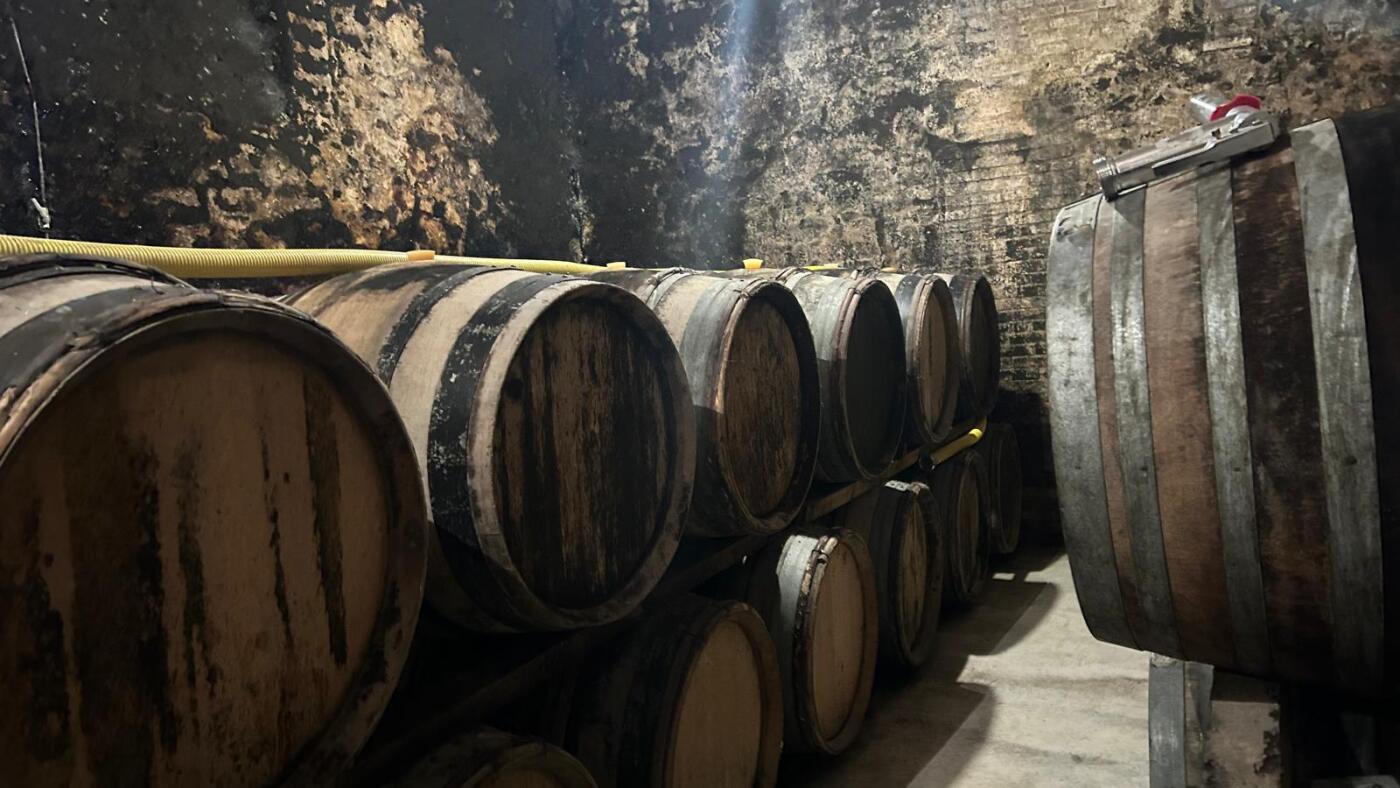The Impact of U.S. Tariffs on French Champagne Producers
The Uncertainty Storm Brewing in Champagne
The French Champagne industry, celebrated for its effervescent and luxurious sparkling wines, is currently navigating a storm of uncertainty. The looming threat of U.S. tariffs has cast a long shadow over the industry, challenging its traditional reliance on the U.S. market. This analysis explores the economic, strategic, and psychological impacts of these tariffs on Champagne producers, offering a comprehensive view of the challenges and opportunities ahead.
Economic Turbulence and Market Volatility
The U.S. market has been a vital pillar for Champagne producers, consuming a substantial portion of their annual output. However, the specter of a 20% tariff on French wines and spirits has introduced significant economic instability. Smaller producers, in particular, are anxious about the potential disruption of established relationships with U.S. distributors. While the European Commission’s emergency support package aims to cushion the blow, industry leaders foresee a grim outlook. The tariffs threaten to further destabilize the industry, with some producers already experiencing a decline in sales due to economic uncertainties in both the U.S. and French markets.
Strategic Pivots and Market Diversification
In response to the tariff threats, some Champagne producers are proactively seeking stability in alternative markets, such as Brazil. This strategic shift is driven by a sense of urgency, as producers like Fourny recognize the need for proactive measures to sustain their businesses. The uncertainty surrounding President Trump’s tariffs has eroded trust in the U.S. market, prompting producers to explore new export destinations. This pivot is not merely about survival but also about securing long-term growth and stability.
The Psychological Toll on Producers
The psychological impact on Champagne producers is significant. The industry, which has had a complex relationship with the U.S. market, now faces a sense of betrayal and uncertainty. The threat of a 200% tax on European wines and spirits has sent ripples of concern through grand châteaux and small vineyards alike. Producers are worried not only about the financial repercussions but also about the erosion of trust and the potential loss of a market that has been crucial to their success.
The Broader Economic Context
The economic landscape for Champagne producers is further complicated by broader global trends. Champagne sales have been declining for over two years as inflation-weary consumers in France and abroad cut back due to rising costs. This economic downturn, combined with the tariff threats, has created a perfect storm for the industry. Producers are now grappling with a dual challenge: navigating economic uncertainties and adapting to the shifting market dynamics caused by tariffs.
Seeking Alternatives and Building Resilience
As the U.S. market becomes increasingly uncertain, Champagne producers are exploring alternative markets and strategies. Some are looking to diversify their product offerings, while others are focusing on strengthening their presence in existing markets. The search for alternatives is not just about finding new customers but also about building resilience and sustainability in the face of economic and political uncertainties.
The Vulnerability of Smaller Producers
Smaller Champagne producers are particularly at risk from the tariff threats. They often rely heavily on the U.S. market and may lack the financial resources to weather the storm. The potential loss of established relationships with U.S. distributors could be catastrophic for these producers, who may struggle to find alternative markets or adapt to the changing landscape. While the European Commission’s emergency support package is a positive step, it may not be sufficient to mitigate the impact on smaller producers.
The Path Forward for Champagne
The future of the Champagne industry is at a critical juncture. While the immediate concern is navigating the tariff threats and economic uncertainties, producers are also focusing on long-term strategies to ensure the sustainability of their businesses. This includes diversifying their market presence, exploring new product offerings, and building resilience in the face of economic and political challenges. The industry’s ability to adapt and innovate will be crucial in determining its future.
Conclusion: A Pivotal Moment for Champagne Producers
The Champagne industry stands at a pivotal moment. The threat of U.S. tariffs has forced producers to confront the reality of a changing market landscape. While the immediate focus is on mitigating the impact of tariffs, the industry must also look beyond the current challenges and develop strategies for long-term sustainability. The future of Champagne will depend on the industry’s ability to adapt, innovate, and build resilience in the face of economic and political uncertainties. The road ahead is filled with challenges, but it also presents opportunities for growth and transformation. The Champagne industry’s response to these challenges will shape its future and determine its place in the global market.

